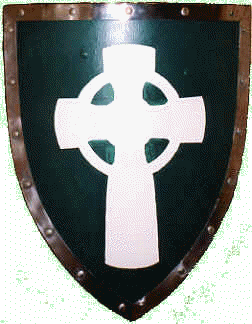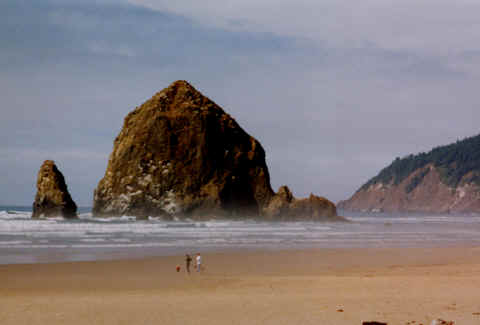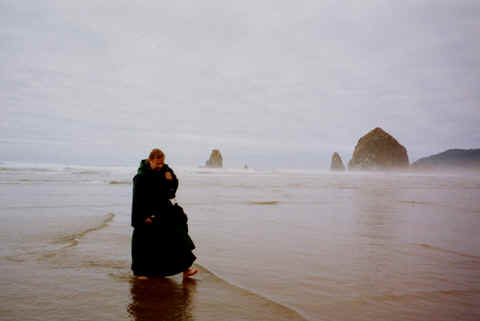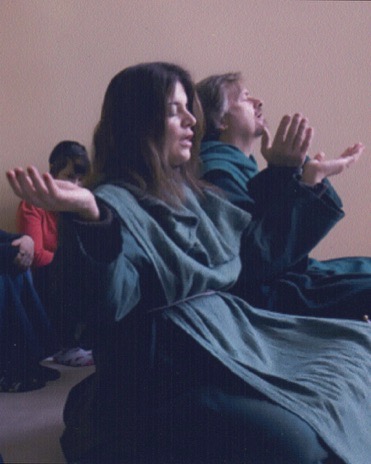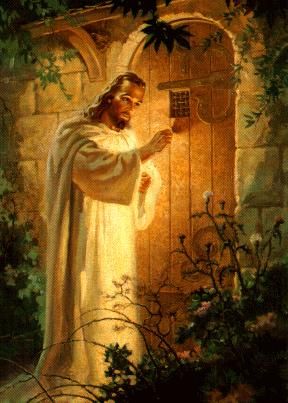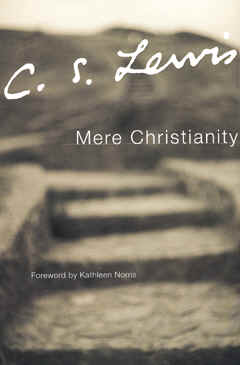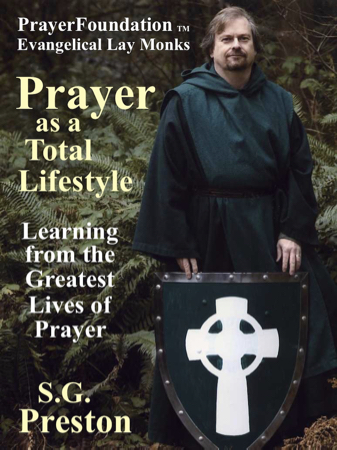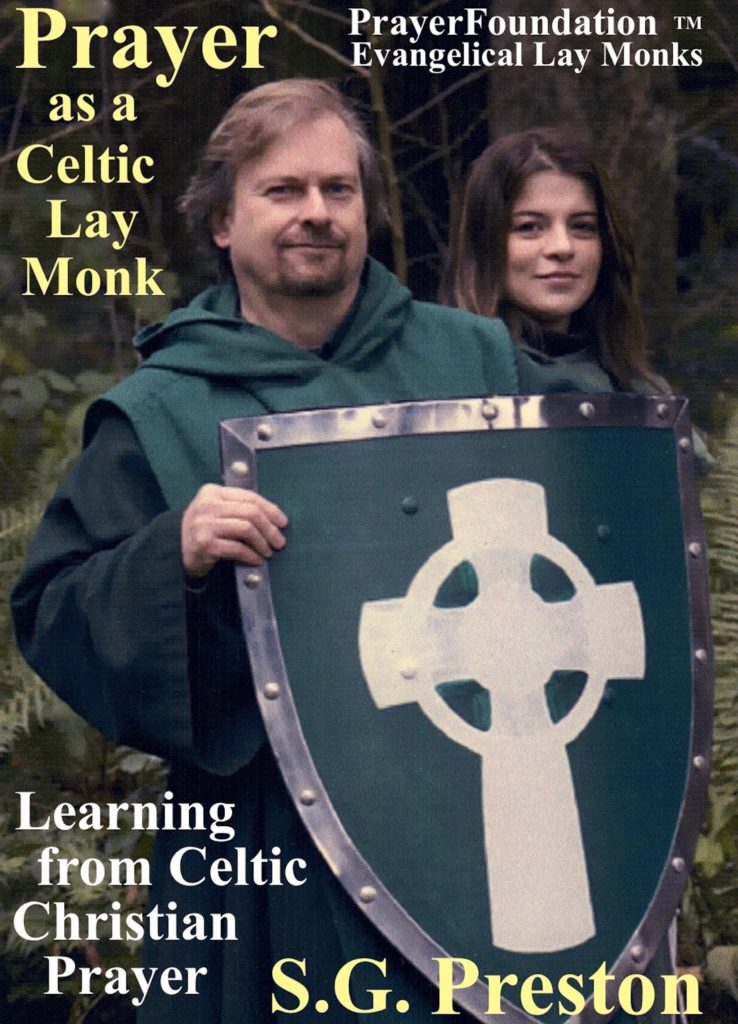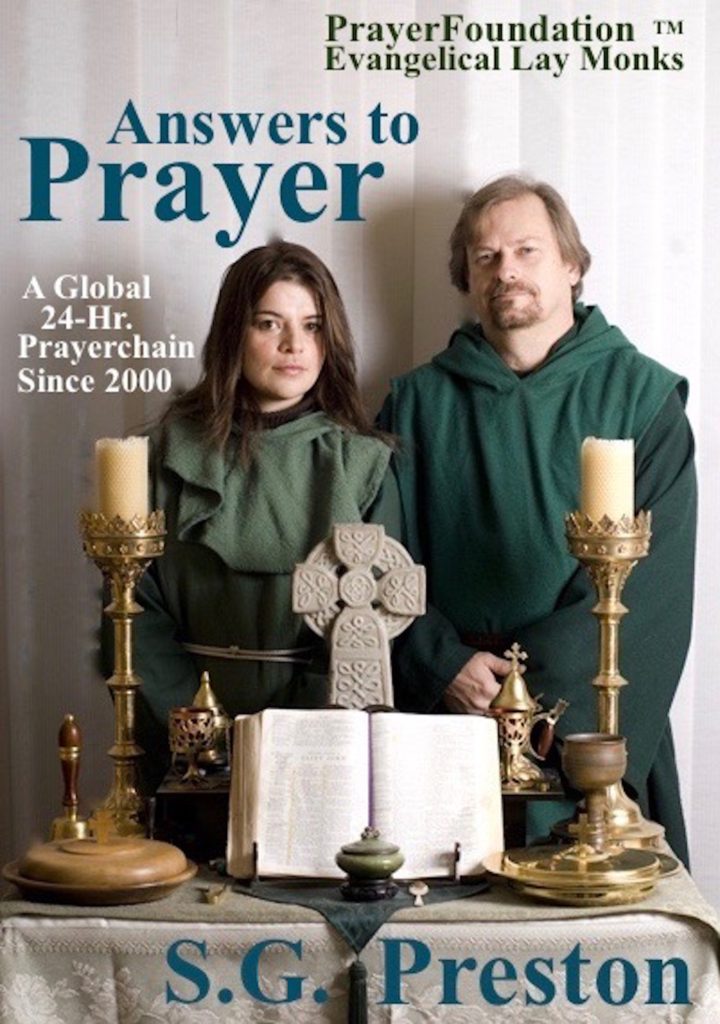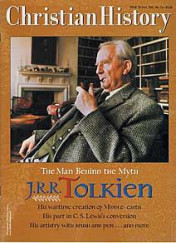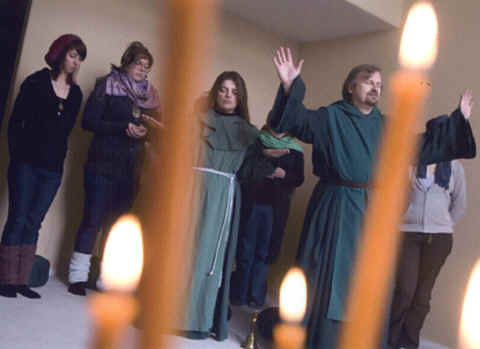
Seven times a day I praise You, because of Your righteous judgments.”
-Psalm 119:164
By Molly Worthen
Boston Globe Ideas Section / February 3, 2008
Protestant Monks
THE IDEA OF a Protestant Monk is not necessarily a contradiction in terms. The Anglican and Episcopal Churches have supported monastic communities since the 1840s.
But to most evangelicals, the elaborate liturgy and love of history and hierarchy typical of parts of the Anglican Communion are as alien as Rome.
New Monastics have picked up on the popular renaissance of Celtic culture underway in America for the past 20 years.
Andrew Fitz-Gibbon, founder of the Lindisfarne Community, a New Monastic organization in upstate New York, is a professor at SUNY-Cortland.
He is an ex-Baptist from England who became interested in Celtic Spirituality through the history of his native Northumberland.
“In the States, there’s an awful lot of romantic nonsense (about the Celts),” he said. “They were a ruthless, warlike, bloodthirsty people.
There’s a tendency to recast them as environmental feminists, and they weren’t that…(but) they were less hierarchical than Rome, though still hierarchical; they were dissenters, and Americans love dissenters.”
Knights of Prayer Lay Monastic Order™
Vancouver, Wash.-based evangelicals S.G. Preston and his wife, Linda, were inspired to found their monastic order, the Knights of Prayer, after visits to Ireland and Assisi, Italy, the home of St. Francis – and a passing encounter with Thomas Cahill’s “How the Irish Saved Civilization” (1995) in a Newark Airport bookstore.
The Celtic Monks “were like Billy Graham,” Preston said. “They were missionary monks – totally different from the Middle Ages kind of thing, when monks wanted to go on retreat against the world.”
For Protestant evangelicals with a long tradition of hostility to Rome – (their) interest in monasticism does not mean a new love for hierarchy or authority…
Evangelicals Inspired by St. Francis
While the Prestons consider their monastic order a “prayer encouragement ministry,” a Web-based mission that provides resources and structure
(Continued in Column at Right)
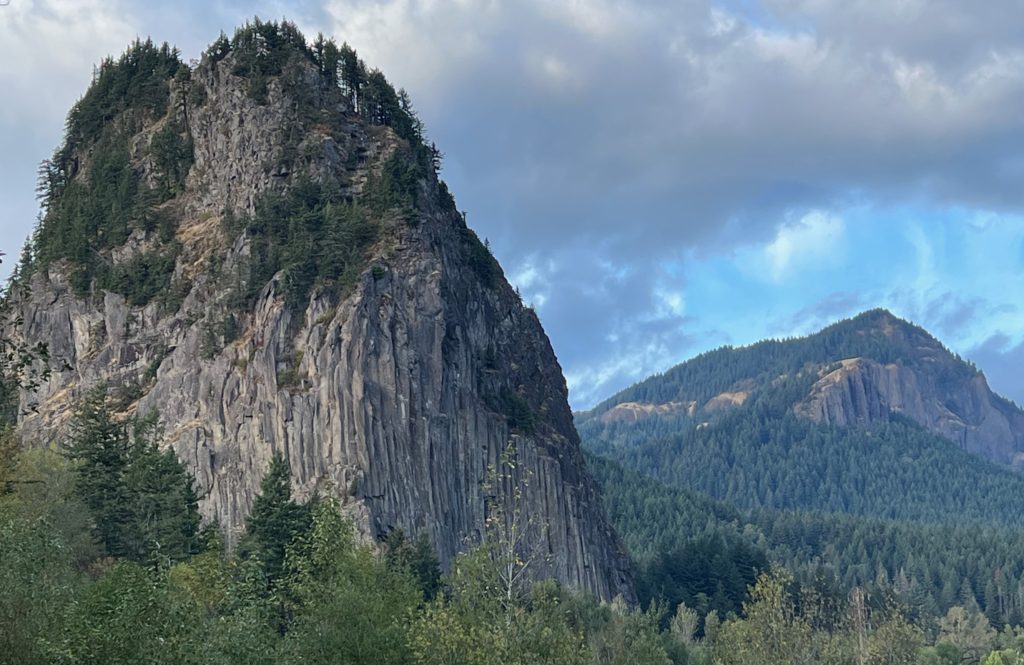

(Continued from Column at Left)
for evangelical individuals interested in monastic spirituality, other New Monastics cite the more activist model of the Franciscans, who fought bitterly with Rome during the 13th century over their radical vow of poverty.
“It’s easier for evangelicals to connect with Franciscans because the Franciscan order is a preaching order,” said Mark Van Steenwyk, founder of the New Monastic group Missio Dei in Minneapolis.
“The evangelical impulse is there.”
-Molly Worthen![]() ________________________________________________________
________________________________________________________
Credits:
The text of the Boston Globe Articles: “In the Beginning…” and The Unexpected Monks…” are re-printed by permission of the author, Molly Worthen.
Photos of our Monastery Chapel, and of S.G. Preston and his wife, Linda, are re-printed by permission of the Photographer: Leah Nash. (Photos Copyright 2008 Leah Nash)
________________________________________________________
Boston Globe Article: “In the Beginning…”
Note:
Our interest is not in Catholicism, but in the Early Church.
And although our website does contain more information on the ancient Celtic Monks than on St. Francis, we consider him to be of equal inspiration to our ministry, in his radical imitation of the life of Christ.
We do not consider the Ancient Celtic Monks to have been a part of the Roman Catholic Church.
This view is also held by Eastern Orthodoxy, and was held by the Roman Catholics of the time, as seen in both the writings of the Roman Catholic Monk and Historian, The Venerable Bede (672/673 – 735 A.D.), and in a Papal Bull issued by Pope Adrian IV (Pope 1154-1159).
The Celtic Christians of Northern England did not come under the jurisdiction of Rome until the decision of the Synod of Whitby in 664 A.D.
Ireland did not come under Papal authority for an additional 500 years, until the Synod of Cashel in 1172 A.D.
A full historical explanation of these events can be found in the book, Prayer as a Celtic Lay Monk: Learning from Celtic Christian Prayer by S.G. Preston.
_________________________________________________________
Boston Globe Article: “In the Beginning…
“But we will devote ourselves to prayer, and to the ministry of the word.” -Acts 6:4
While we are indeed a “Prayer Encouragement Ministry” of “The Best Prayer Teaching & Resources from All Christian Communions & Eras,” we also stress participation by every Christian in Christ’s Great Commission to proclaim the Good News of Christ to the entire world.
Evangelizing since becoming a Christian at age 19, between the ages of 65 and 89, our own Lay Monk Bob preached three times daily on the streets of Portland, Oregon, and made nearly 50 Missionary Trips to Mexico, to share the Good news of Christ there.
Several of the Knights of Prayer Lay Monks are full-time Missionaries; including lay Monk Denise in Japan, and Brother Paul in the U.K. (author of the book, Celtic Christianity Yesterday, Today, and for the Future by Paul D.J. Arblaster).
________________________________________________________
C.s. LEwis QuOtEs:
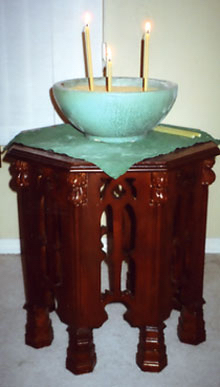
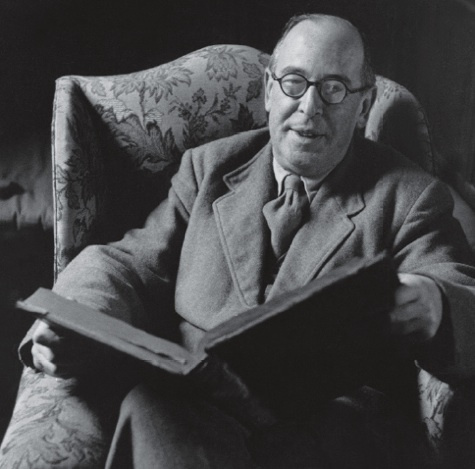
“I believe in Christianity as I believe that the sun has risen:
not only because I see it, but because by it I see everything else.”
__________
“Don’t let your happiness depend on something you may lose.”
__________
“If I find in myself a desire which no experience in this world can satisfy,
the most probable explanation is that I was made for another world.”
__________

“If you read history you will find that the Christians who did most for the present world were precisely those who thought most of the next.
It is since Christians have largely ceased to think of the other world
that they have become so ineffective in this.”
__________
“When we are such as He can love without impediment, we shall be happy.”
__________
-C.S. Lewis (1898-1963)
This Website: PrayerFoundation Evangelical Lay Monks ™ Built by: S.G. Preston Ministries ™
Copyright © 1999-2024 S.G. Preston. All Rights Reserved.
Photos & Text Copyright © 1999-2024 S.G. Preston. All Rights Reserved.
